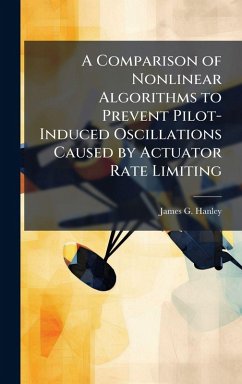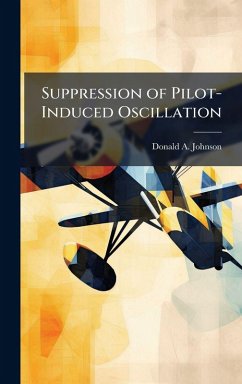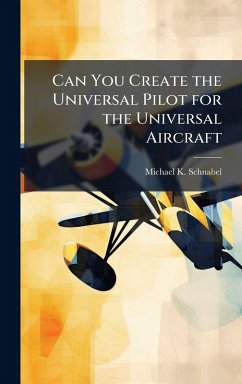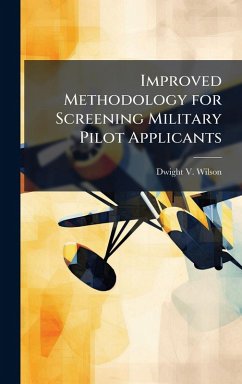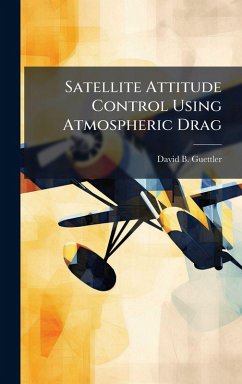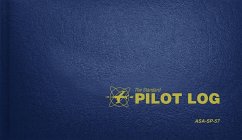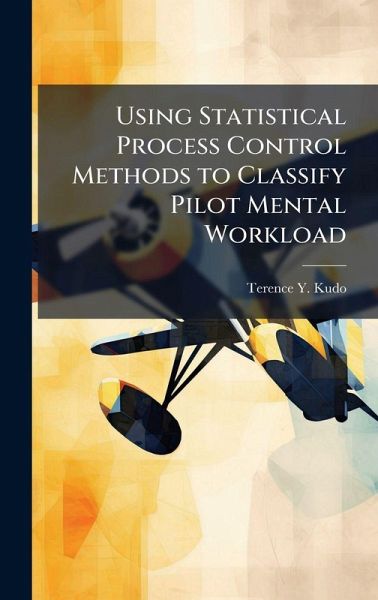
Using Statistical Process Control Methods to Classify Pilot Mental Workload
Versandkostenfrei!
Versandfertig in über 4 Wochen
28,99 €
inkl. MwSt.
Weitere Ausgaben:

PAYBACK Punkte
14 °P sammeln!
The problem of classifying pilot mental workload is important to the United States Air Force. Pilots are more subject to errors and G-induced loss of consciousness during periods of mental overload and task saturation. Often the result is the loss of aircraft, and in extreme cases, the loss of the pilot's life. Current research efforts use different psychophysiological features to classify pilot mental workload. These include cardiac, ocular, respiratory, and brain activity measures. The focus of this effort is to apply statistical process control methodology on different psychophysiological f...
The problem of classifying pilot mental workload is important to the United States Air Force. Pilots are more subject to errors and G-induced loss of consciousness during periods of mental overload and task saturation. Often the result is the loss of aircraft, and in extreme cases, the loss of the pilot's life. Current research efforts use different psychophysiological features to classify pilot mental workload. These include cardiac, ocular, respiratory, and brain activity measures. The focus of this effort is to apply statistical process control methodology on different psychophysiological features in an attempt to classify pilot mental workload. The control charts track these features throughout the flight, and classify a segment as high workload if the measurements of these features are greater than predefined control limits. We find that certain control charts prove to be effective workload classifiers and maintain high classification accuracies when applied to other flight data. This work has been selected by scholars as being culturally important, and is part of the knowledge base of civilization as we know it. This work was reproduced from the original artifact, and remains as true to the original work as possible. Therefore, you will see the original copyright references, library stamps (as most of these works have been housed in our most important libraries around the world), and other notations in the work. This work is in the public domain in the United States of America, and possibly other nations. Within the United States, you may freely copy and distribute this work, as no entity (individual or corporate) has a copyright on the body of the work. As a reproduction of a historical artifact, this work may contain missing or blurred pages, poor pictures, errant marks, etc. Scholars believe, and we concur, that this work is important enough to be preserved, reproduced, and made generally available to the public. We appreciate your support of the preservation process, and thank you for being an important part of keeping this knowledge alive and relevant.



